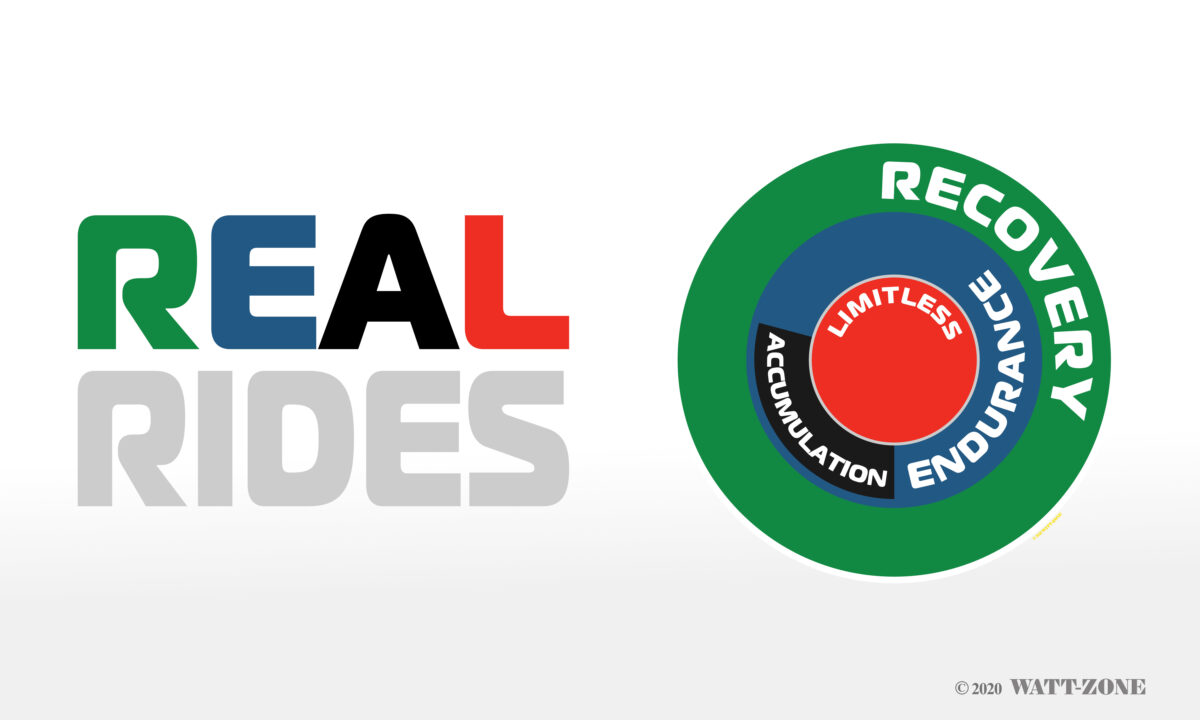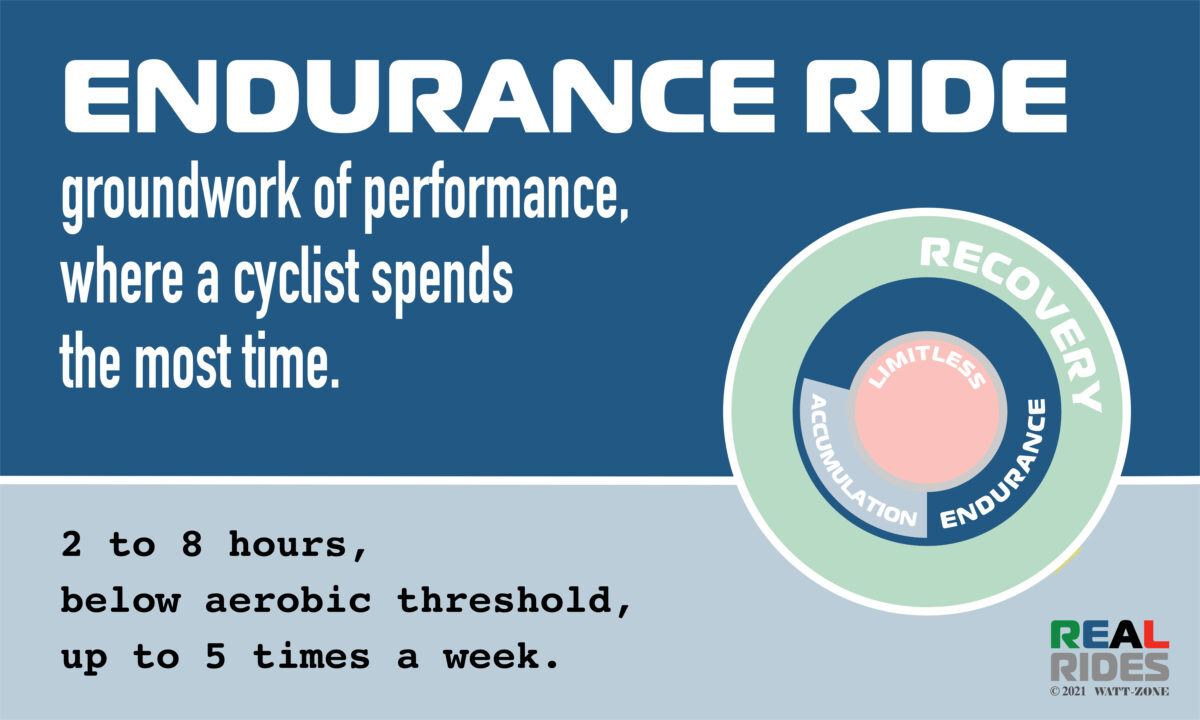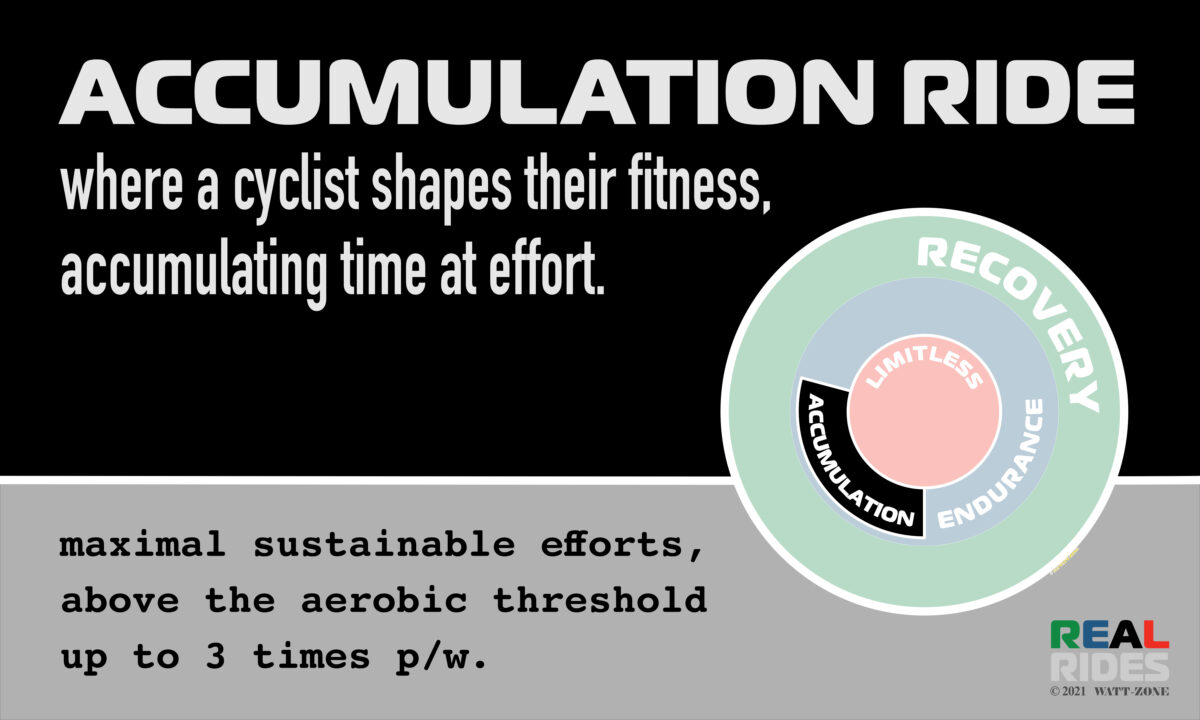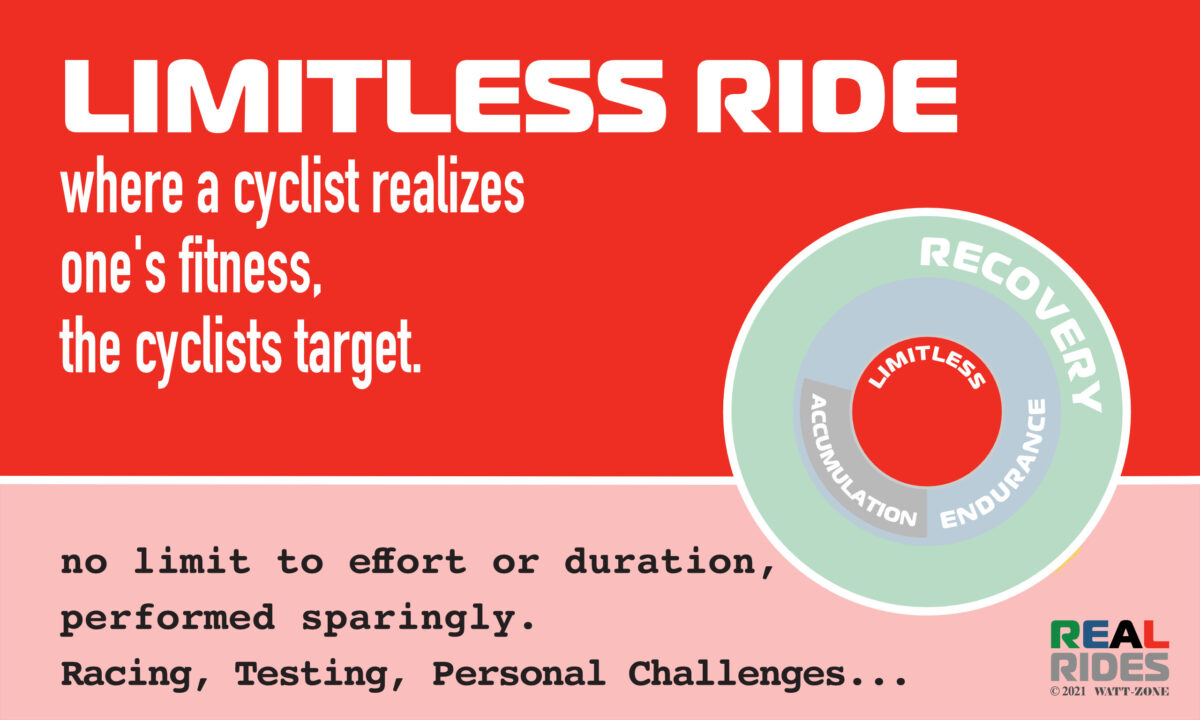The first of the REAL Rides that a cyclist needs to acknowledge is the Recovery Ride. The Recovery ride is the most important ride a cyclist can do. Nonetheless, it is often the ride most cyclists neglect. Recovery Rides have two important roles, to adapt to and prepare for training.
Prepare the body for future training
Firstly, a cyclist needs to be in a recovered state before undertaking Endurance, Accumulation, and Limitless Rides. There is no reason to attempt these Rides if your body is not fresh enough to perform them appropriately. Doing them fatigued will only result in sub-optimal performance, and potentially lead to over-training.
Undertaking Recovery Rides will aid the body in preparation for future training.
Facilitate adaption to training
Secondly, after Endurance, Accumulation, and Limitless Rides it is essential to follow up with Recovery Rides. Recovery Rides are “active rest”, they allow for:
- maintaining metabolites
- eliminating toxins
- keeping muscles flexible
- reducing soreness
- increasing blood flow
- helping you maintain your exercise routine
In addition, Recovery Rides help to stimulate adaptions to the training one has completed. If a cyclist never takes the time to recover, their fitness level will stagnate and in the worst situations, deteriorate.
Recovery rides should be 45 to 90 minutes in duration. Physically and mentally easy to perform. The intensity should be below one’s aerobic threshold (at a maximum perceived exertion of 11).
Of course consecutive days completing hard training and racing is possible, and essential in certain training phases. However, every cyclist eventually has to balance such riding with recovery. In normal/everyday training balance is extremely important. Cyclists need to acknowledge that rides don’t have to be intense to be beneficial.
Accumulation, Endurance and Limitless rides, whenever possible, will reap more benefits when followed up by Recovery Rides.
Two common mistakes
Cyclists tend to make two common mistakes when it comes to Recovery.
The first mistake is to complete Recovery at too high an intensity. It is very easy to do. Sometimes its because a planned Recovery Ride switches into being a traditional tempo or threshold ride or even a race. But also because a “easy” can sometime just feel too “easy, and a cyclist drifts above aerobic threshold.
The second mistake a cyclist can make with Recovery is tending to opt for complete rest, rather than heading out on a Recovery Ride. We have all done it. However, active recovery leads to greater adaptation to training than complete rest. So skipping the Recovery Ride may be reducing the potential gains of previous training. This does not mean that we shouldn’t have complete rest days
Recovery Rides should be:
- short – 45 to 90 minutes long,
- low in effort, below aerobic threshold, maximum RPE 11,
- completed a minimum of 2 times per week, and
- can be replaced by complete rest.
more…
A recovery ride doesn’t just mean having to ride easy, it can include high cadence drills, and low cadence work. I could also include extended periods in the drops, training the body to hold a more aerodynamic position. Just ensure that intensity does not rise beyond one’s aerobic threshold.
A recovery ride is also a great way to add volume to a training plan. One could complete an accumulation ride in the morning and then add in a recovery ride in the evening. This increases volume and develops the durability of the rider.
The Recovery Ride is the most important of the Four Rides. It is essential to recover after completing Endurance, Accumulation, and Limitless rides to ensure optimal adaptation. It is equally essential to be in a recovered state before attempting these rides. Otherwise, they will not be performed optimally. In short recovery is where you adapt to training and prepare for training.




